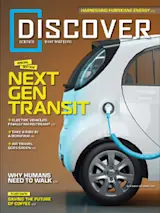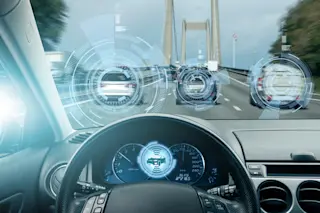This story was originally published in our Nov/Dec 2022 issue as "Greener Skies Ahead." Click here to subscribe to read more stories like this one.
There’s a reason all passenger jets are shaped like tubes. As an aircraft climbs in altitude, outside air pressure naturally decreases along with oxygen levels. To keep passengers from passing out, planes pump air into the cabin. This increases the pressure and the amount of breathable oxygen inside.
But filling the enclosed space with air is a bit like blowing up a balloon. The challenge, explains R. John Hansman, a pilot and director of the MIT International Center for Air Travel, is designing a cabin that is strong enough to resist rupturing. “The most efficient shape for that is actually a tube,” he says.
This is why airplanes on tarmacs around the world have looked unmistakably similar since the first jet airliner took off in ...















